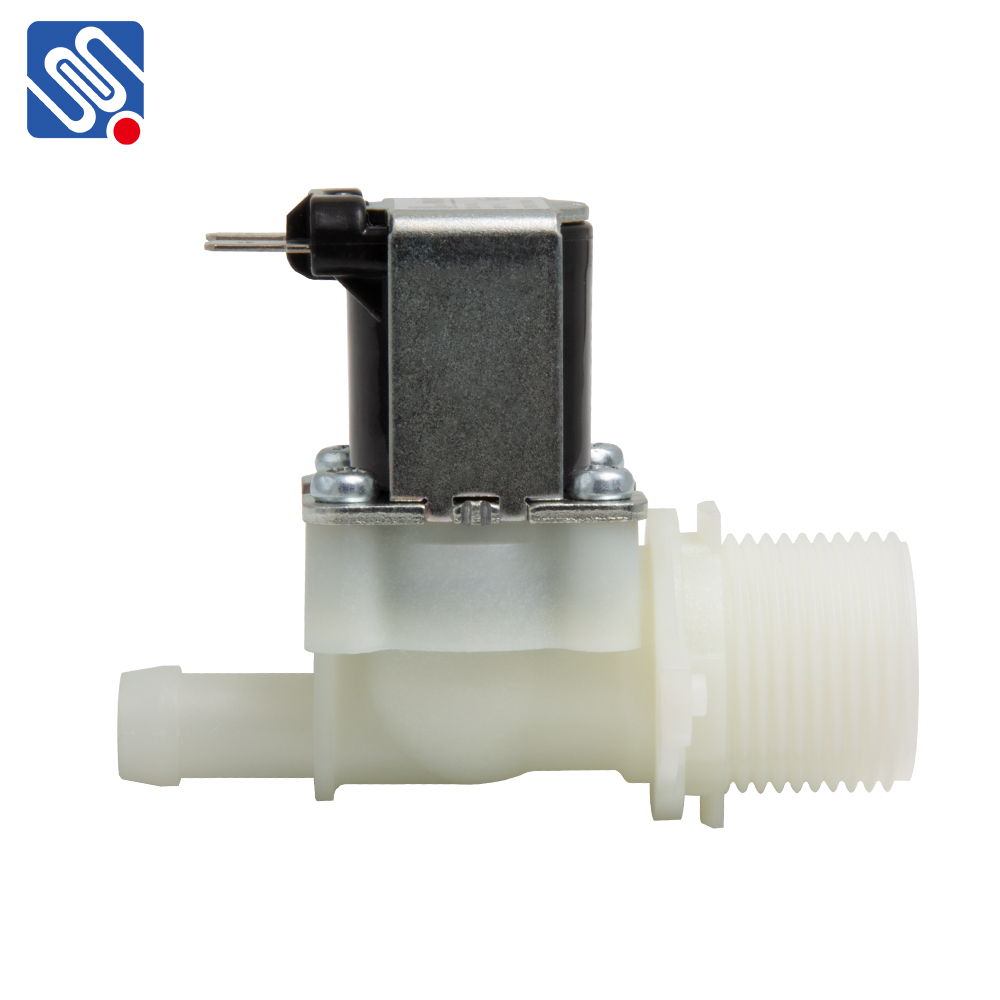A Water Solenoid Valve is a key component in various water control systems. It uses electromagnetic force to control the flow of water in a pipe, making it a vital tool in irrigation, household systems, industrial automation, and more. This article explores the working principle, features, and various applications of the water solenoid valve.

What is a Water Solenoid Valve? A Water Solenoid Valve is an electrically controlled valve used to manage the flow of water. It operates using an electromagnetic coil to open or close a valve, controlling the passage of water through a pipe. Solenoid valves are common in automated systems, offering precision control of water flow without requiring manual intervention. The basic design of a solenoid valve consists of a coil, a valve body, a plunger (also known as the valve core), and a spring. The coil is energized to create a magnetic field that attracts or repels the plunger, thereby opening or closing the valve. When the coil is de-energized, the spring ensures the valve returns to its default closed position. These valves can be designed for both normally open (NO) or normally closed (NC) operations, depending on whether water flow is typically allowed or blocked when the valve is idle.